Derrickmetrics Will Improve Your Results
Published on March 1st, 2016
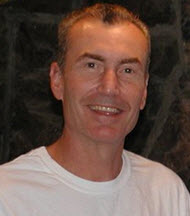 If it’s correct that data never lies, then nearly 50 years of start and first-beat data give the low-down on how and when to pick a side. Derrick Fries shares the details in this report titled First-Beat Cheat Sheet in the March/April edition of Sailing World…
If it’s correct that data never lies, then nearly 50 years of start and first-beat data give the low-down on how and when to pick a side. Derrick Fries shares the details in this report titled First-Beat Cheat Sheet in the March/April edition of Sailing World…
In 1964, I was 11 and learning to sail on Watkins Lake, a 250-acre inland lake in southeast Michigan. On Saturdays I would race Sunfish and on Sundays crew in Snipes and Thistles. When the wind was from the southwest or northeast, our upwind legs would be as long as one mile. The more I sailed, the more I recognized wind patterns. In 1968, in my excitement and compulsion, I started to log information about upwind legs and starts, not only on my home lake but also at other venues where I competed.
Over the years, this enabled me to make educated guesses about upwind legs and starting line patterns. My initial intent was to use this information to help make decisions for the upwind legs and starts at regattas; little did I realize that this crazy habit would turn into a huge data set that could help others make strong statistical calls.
For each venue, my log detailed which side of the starting line was favored in different wind directions and which side of the windward leg was favored. If a regatta had seven Olympic course races, I would record seven starts and 21 windward legs. In my earlier years I averaged about 16 regattas a year all over North America, but mostly in the East and Midwest. Later in life, I averaged about eight regattas a year. In all, racing took me to 24 states and 13 countries.
I’m still logging data today, 47 years later. The result is a huge statistical set: 10,000 windward legs and more than 3,700 starts. In 2012, I began the long two-year process of entering the data from all of those windward legs and starts into a statistical profile. It’s critical to understand which air mass you are sailing in, as all of the statistical probability tables are exclusive to the air mass.
Fortunately, most single-day sets of races are usually in just one air mass type. The data was recorded in four basic wind groups: continental polar air mass, maritime polar air mass, continental tropical air mass and maritime tropical air mass.
The continental polar air mass is more common in the spring and fall. The wind is out of the north or northwest, skies are partly cloudy to cloudy, and it generally follows the arrival of a cool or cold front. With the divergent air mass pressing down on the earth’s surface, it’s characterized by short, intense puffs. Of the four types of wind masses, the continental polar has the largest oscillations, with windshifts as great as 30 to 40 degrees. – Full story


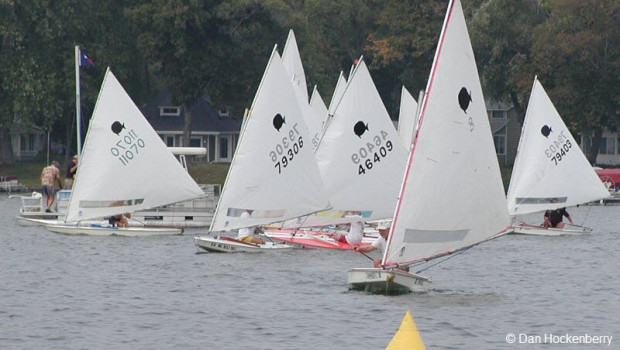


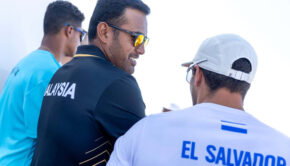
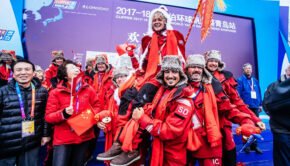
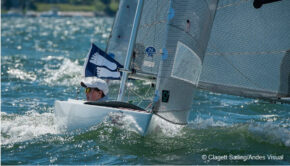
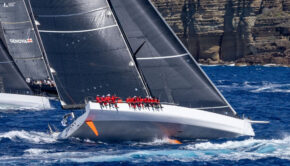
 We’ll keep your information safe.
We’ll keep your information safe.